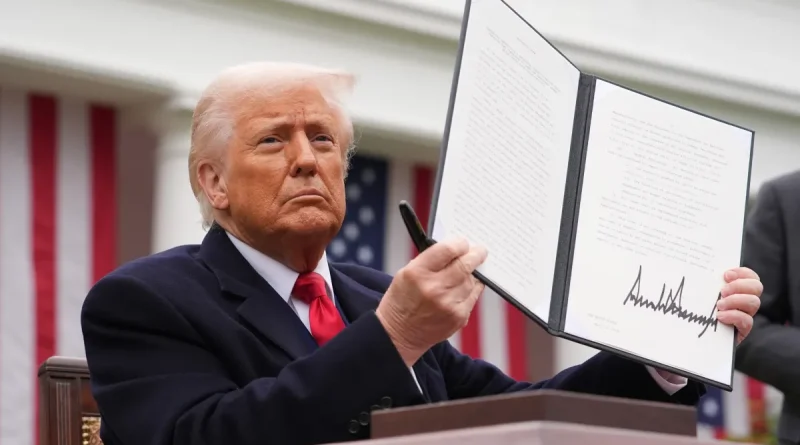Trump Proposes 100% Tariff on China Amid Rare Earth Mineral Limitations
On Friday, President Donald Trump announced plans to introduce an extensive 100% tariff on all imports from China, alongside restrictions on the export of “any and all critical software” from the United States.
This declaration signifies a major intensification in the ongoing trade disputes between the U.S. and China. Trump mentioned on Truth Social that this new tariff would be “in addition to” the current tariffs on Chinese products. (As reported by CNBC, the existing tariffs on Chinese imports can vary, with a baseline of 40%.)
Earlier in the week, China put into place stricter export controls on rare earth minerals, mandating that foreign companies obtain licenses for exporting materials containing even slight amounts. As the leading supplier of these crucial resources, which are vital for technology sectors like semiconductors and solar energy, China’s regulations could have a substantial impact on the tech industry.
During his address, Trump condemned China’s actions as “entirely unprecedented in International Trade and a moral disgrace in dealings with other Nations.”
“It’s difficult to comprehend why China has chosen this course, but they have, and the consequences will be significant,” he stated.
Trump noted that the new tariffs are expected to come into effect on November 1. Following his remarks, he told reporters that these tariffs could be modified and hinted at a possible meeting with President Xi Jinping.
The financial markets reacted negatively to Trump’s announcement, with the Dow Jones Industrial Average dropping by 1.9% by the end of trading on Friday, the S&P 500 declining by 2.71%, and the Nasdaq falling by 3.56%. Several tech companies witnessed even steeper declines, including Nvidia and Tesla, which both reported around a 5% drop by market close.
Techcrunch event
San Francisco
|
October 27-29, 2025
Furthermore, this scenario negatively impacted the cryptocurrency markets, with liquidations reported to be ten times higher than those experienced during the FTX collapse.



